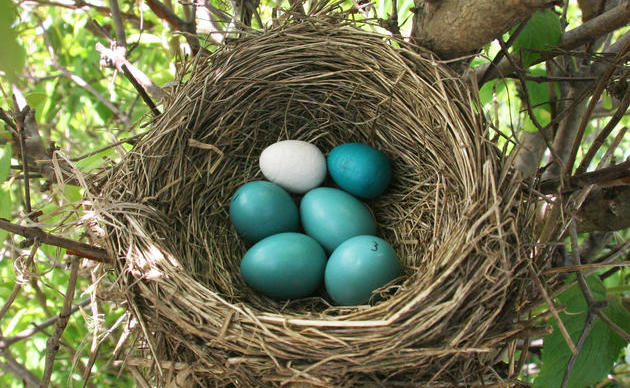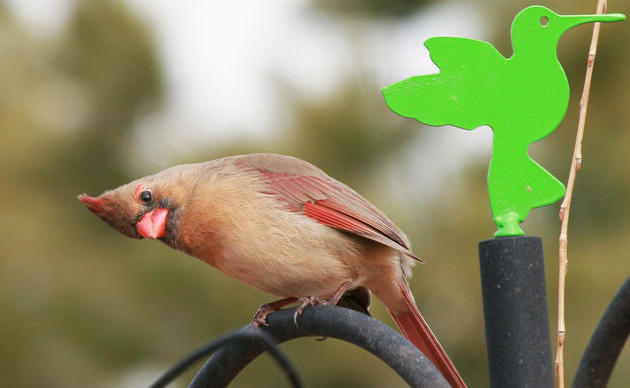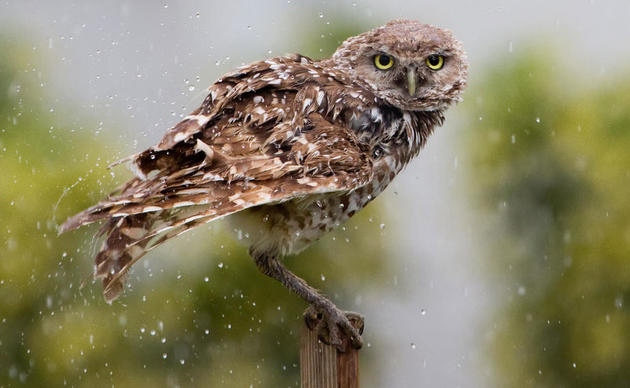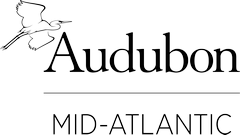Many have reached out to us to inquire about why certain birds are noticeably absent throughout neighborhoods or are not visiting yards and feeders as frequently as they have in past years. What does the science tell us, they ask? Have we here at Audubon been noticing this same trend?
Recent research indicates that since 1970 North America’s bird populations have declined by almost a third. That’s a loss of 3 billion birds over the last 50 years. These declines have been demonstrated by results from various scientific monitoring projects including Audubon’s Christmas Bird Count, for which Pennsylvania contributes more results each year than any other state along the Atlantic Coast.
While these declines have been caused by a number of factors including pesticide use, habitat loss, and window collisions, the impacts of all of these factors are expected to be amplified by the effects of global temperature rise which, according to Audubon’s recent Survival by Degrees report, is expected to place two-thirds of North American birds at increasing risk of extinction.
But in Pennsylvania and a number of other states, many species are also being negatively affected by the disease West Nile Virus (WNV), whose impact on birds is expected to be exacerbated by temperature rise. This conclusion has been supported by the results from various regional monitoring efforts including the Philadelphia Mid-Winter Bird Census, coordinated by Audubon Pennsylvania and the Delaware Valley Ornithological Club.
West Nile Impacts on Birds
For those of us who love birds, the thought of wild bird populations suffering from a disease similar to the present covid-19 epidemic would probably cause us a great deal of concern. Birds after all have no doctors, nurses or hospitals other than the limited number of veterinarians and wildlife rehabilitation clinics that care for wild birds. However, many wild bird populations do in fact suffer from a variety of infectious diseases caused by viruses, bacteria, protozoans, and fungi that can lead to sickness and death. While infectious diseases have hampered the survival of some bird populations (e.g. the Florida Grasshopper Sparrow), and may have contributed to the extinction of others (e.g. Carolina Parakeet), at least in Pennsylvania, disease has not recently caused any of our native bird species to disappear. However, WNV more than any other infecteous disease is continuing to cause significant declines in the populations of many species.
Although WNV has had little effect on people, and has now been largely forgotten by us, it continues to infect many species of birds throughout the state and cause significant population declines thanks to resurgences of the virus that occurred in 2011 and 2018. These resurgences have been particularly severe in southeastern Pennsylvania, corresponding to declines in the populations detected by area counts.
WNV is mainly spread by mosquitoes, especially mosquitoes of the genus Culex that specialize in feeding on birds. As its name suggests the virus was first discovered on the continent of Africa, but it managed to spread to North America by 1999, and it was first detected in Pennsylvania in 2000. Although it only causes mild symptoms in most of the people it infects, in birds it can cause a number of serious symptoms that can lead to permanent injury or death. Since 2000 the virus has been detected in 250 species of native birds in North America, including dozens of species in Pennsylvania. And it has been responsible for the recent declines of a number of species within the state including the Great Horned Owl (declined 76.1% in southeast and 42.6% in central, 2000-2018), Ruffed Grouse (declined 70.6% in uplands, 2000-2018), Carolina Chickadee (declined 57.2% at 14 southeastern sites, 2000-2018), American Crow (declined 57.0% statewide, 2000-2018), and the Tufted Titmouse (declined 49.6% in southern 2/3 of state, 2000-2018). According to researcher Nick Bolgiano many other species of birds in Pennsylvania from the American Robin to the Killdeer also show evidence of declines probably caused by WNV, and three of the species affected (Ruffed Grouse-strongly, Northern Goshawk-possibly, Sharp-shinned Hawk-possibly) are listed in Pennsylvania’s Wildlife Action Plan as Species of Greatest Conservation Need.
Help Slow the Spread of WNV
As we continue to practice social distancing and the wearing of protective coverings to battle covid-19, we should also be aware that we can help to slow the spread of WNV in the bird world, especially in southeastern Pennsylvania where WNV levels have been the highest.
Don’t allow standing water to exist in buckets, cans, tires, gutters, plant containers, swimming pools or any other outdoor objects we control. These places are where mosquitoes breed unhindered by predatory fish and become spreaders of WNV to birds - and these mosquito populations may become even larger and more persistent throughout the year if average temperatures on earth continue to rise as predicted by Audubon’s recent Survival by Degrees report.
If we were to practice these preventative measures as much as we practice efforts to stop the spread of covid-19 in humans, we could probably make a substantial improvement to the survival of many species of native birds from our state bird the Ruffed Grouse to the Tufted Titmouse. For more information about what you can do to help prevent the spread of WNV in Pennsylvania, visit the Pennsylvania West Nile Virus Control Program.
For more on what you can do in your homes to reduce additional hazards and create safe spaces for birds, explore Audubon’s Bird-friendly Communities activities.







